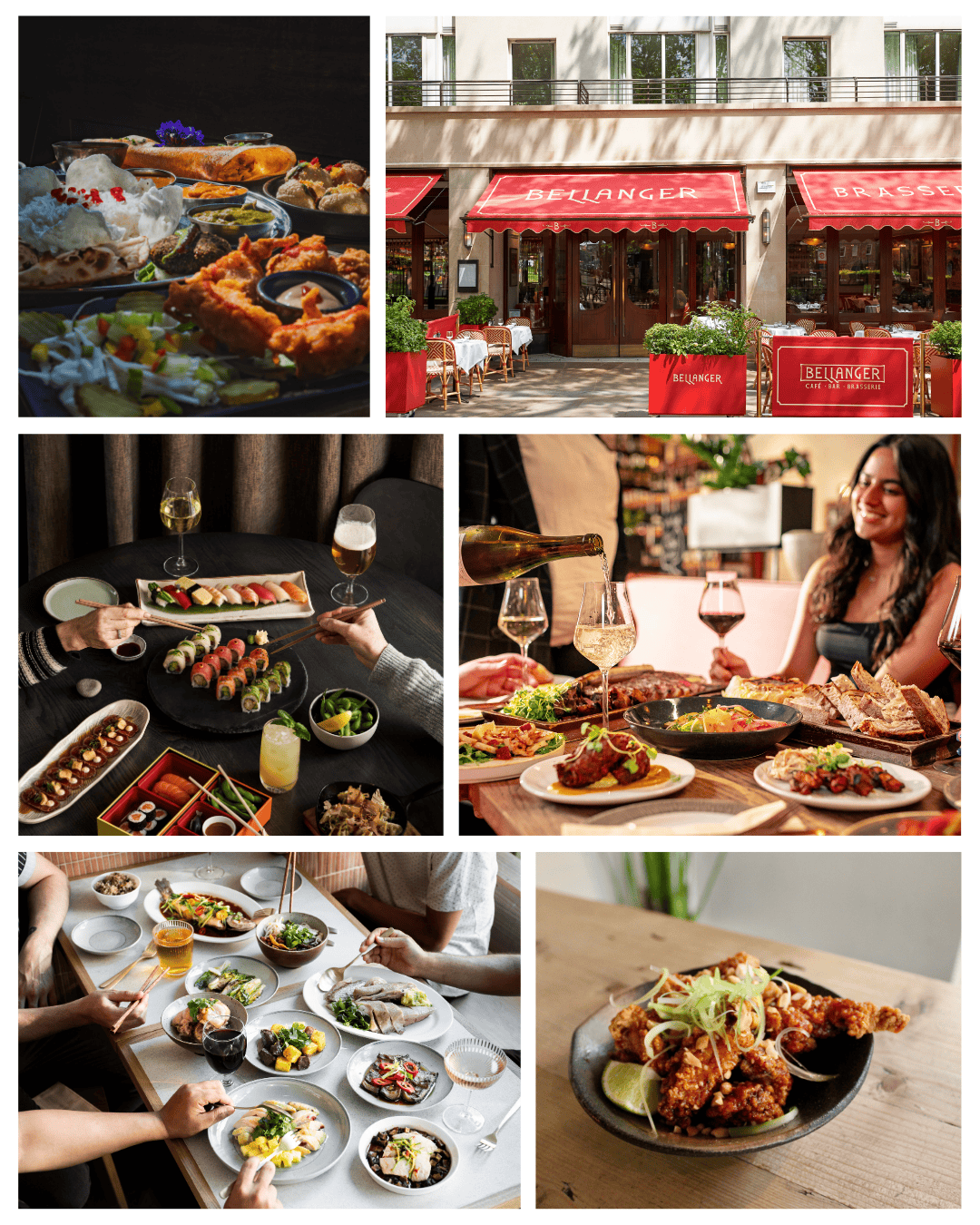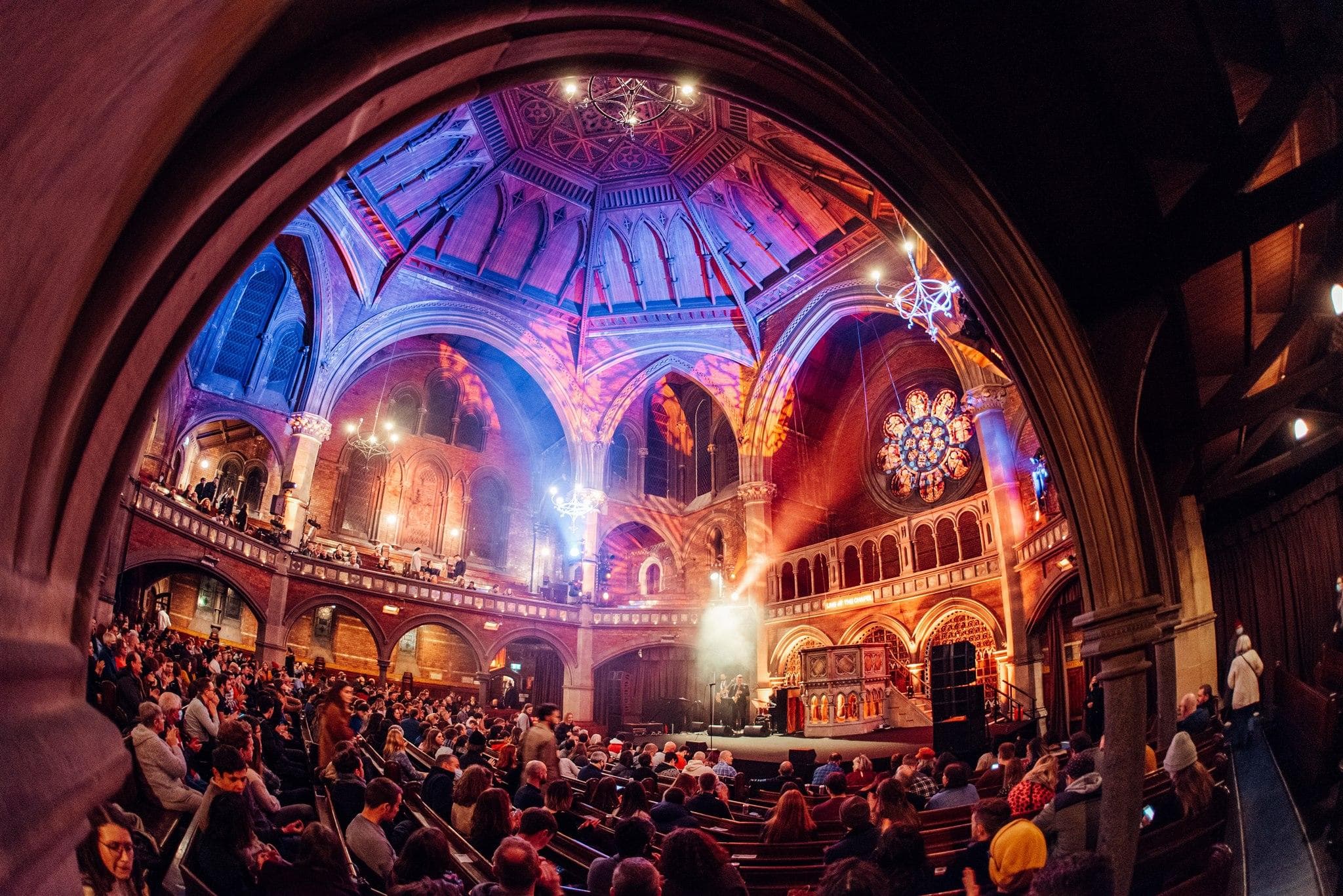Take a trip through the history of the BDC with our 'History Of' series. Here, we explore the last days of the Royal Agricultural Hall, and just how close it came to being demolished in the 1980s.
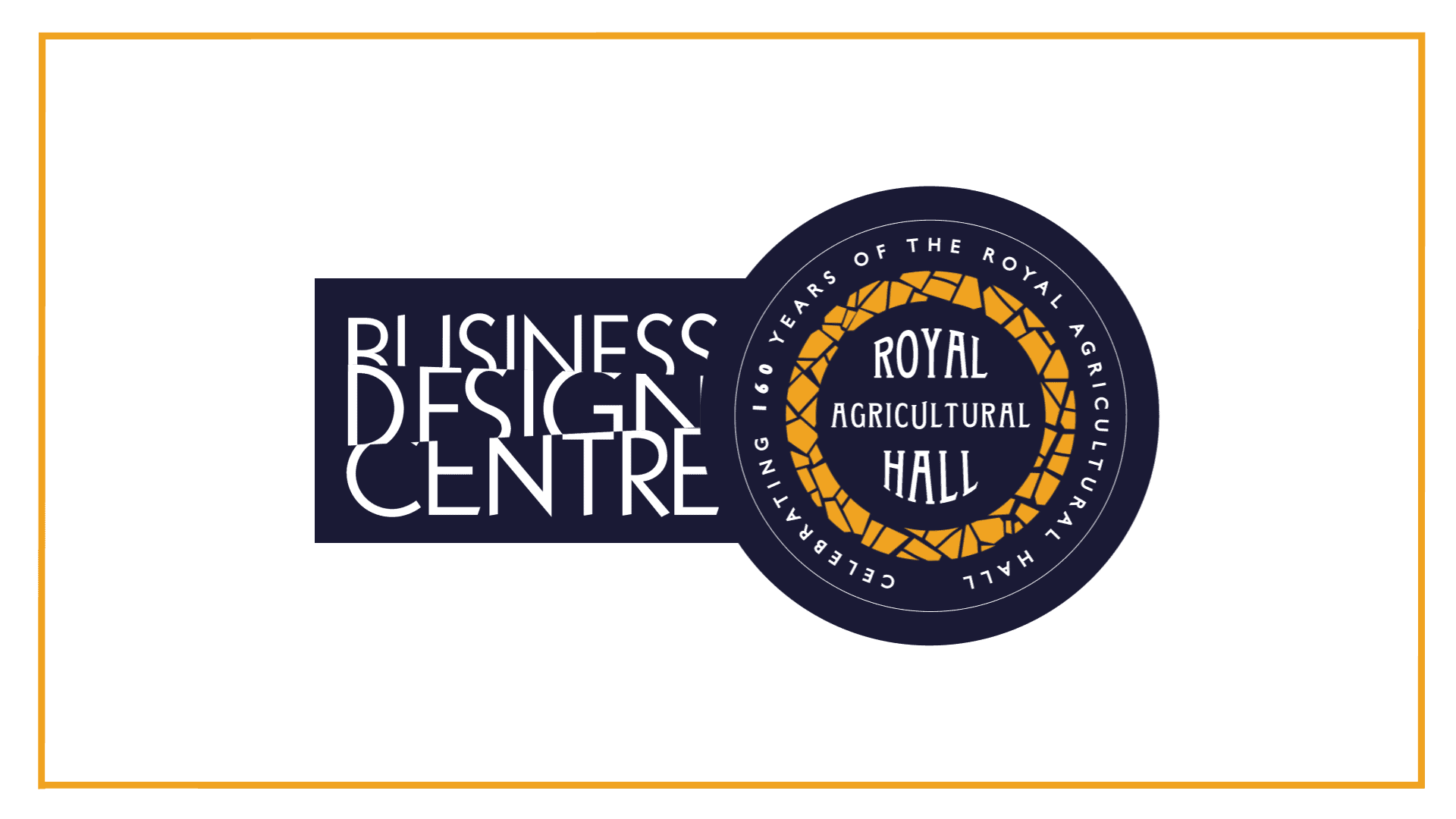
This year, the Business Design Centre that was once the Royal Agricultural Hall celebrates its 160th birthday. A permanent fixture of the Islington skyline since it was built in 1862 the beautiful building that we call home has seen two World Wars and twenty-nine Prime Ministers. As part of our anniversary celebrations we are delighted to bring you a series of articles looking at the history of this wondrous structure, from its eighteenth century roots right up to the present day.
In the first two editions of our content series we looked at the beginnings of the Royal Agricultural Hall, how it was built and how its popularity soared during the latter nineteenth century and early twentieth century. In this, part three of the content series, we will explore the demise of the Royal Agricultural Hall in the mid-twentieth century and explain just how close it came to being demolished in the early 1980s.
Royal Agricultural Hall – Requisitioned
While the Royal Agricultural Hall came through the Second World War unscathed, the local Mount Pleasant Post Office on Roseberry Avenue was less fortunate and was the victim of a severe incendiary attack in 1943. As a result the Royal Agricultural Hall was requisitioned by the government for The Inland and Foreign Parcels Department. Once the war was over many hoped the hall would return to hosting shows, exhibits and events, but this proved not to be the case.
After several years housing the Customs and Excise Office for the Inspection of Mail, the Post Office acquired a formal lease in 1948, an occupation of the building that lasted until 1970. The 1950s and 1960s were a relatively quiet and inconspicuous period for the building, only hitting the headlines in 1969 when it was the scene of a gangland robbery. During the mid-twentieth century the rather sterile use of the Royal Agricultural Hall symbolised what Angel as an area had become, un-lively and uninspiring.
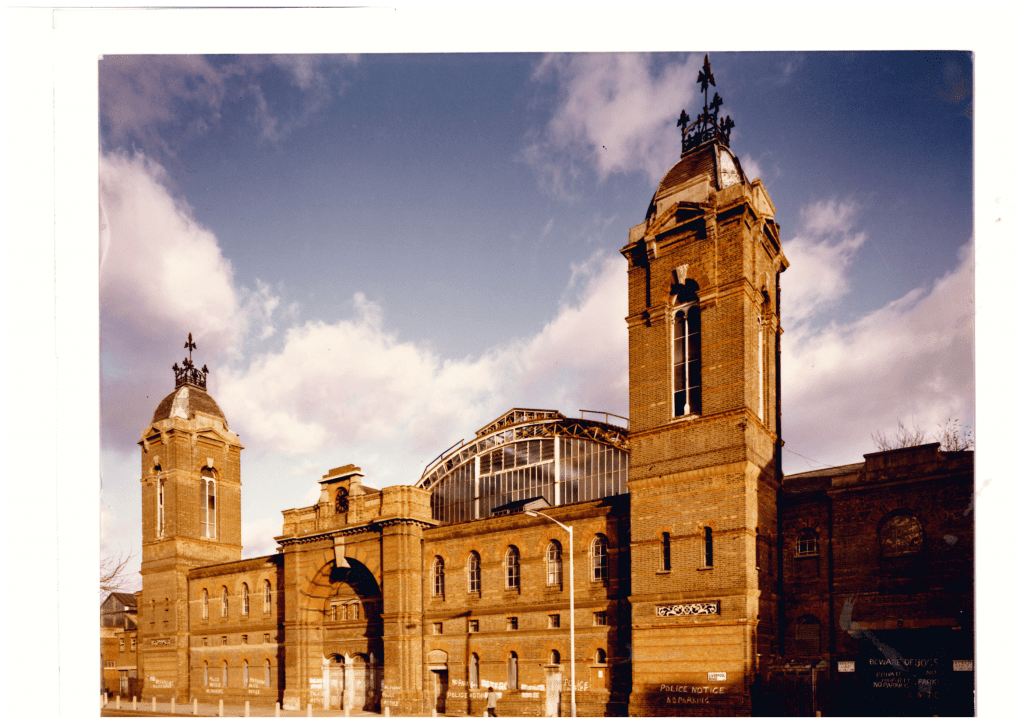
1970s – Years of Neglect
After the Overseas Parcels department moved to Canning Town in 1970 the Post Office formally ended its lease of the building. This prompted local developer Ronald Lawrence to purchase the site for £1.5 million in 1972. Backed by the council his vision was for the Royal Agricultural Hall to house 100,000 square feet of offices. Unbeknown to both Lawrence and the council, in 1971 the Department of the Environment of Works had hired architectural historians to carry out a review of all buildings of special architectural and historic interest in Islington with a view to increasing the number of listed buildings. In 1972 they published their findings… the Royal Agricultural Hall was now a listed building.
For Lawrence the Royal Agricultural Hall’s new status meant any alterations would need to preserve the building and any plans for redevelopment were no longer in the hands of the council. The Secretary of State would have the final say on what changes could be made. As a consequence, over the next few years the building sat idle, gradually falling further into disrepair as Lawrence had various plans for redevelopment rejected. In 1975, with repairs estimated at over £2.1 million, Lawrence decided to cut his losses and sold the Royal Agricultural Hall to Islington Council.
What to do with ‘The Aggie’?
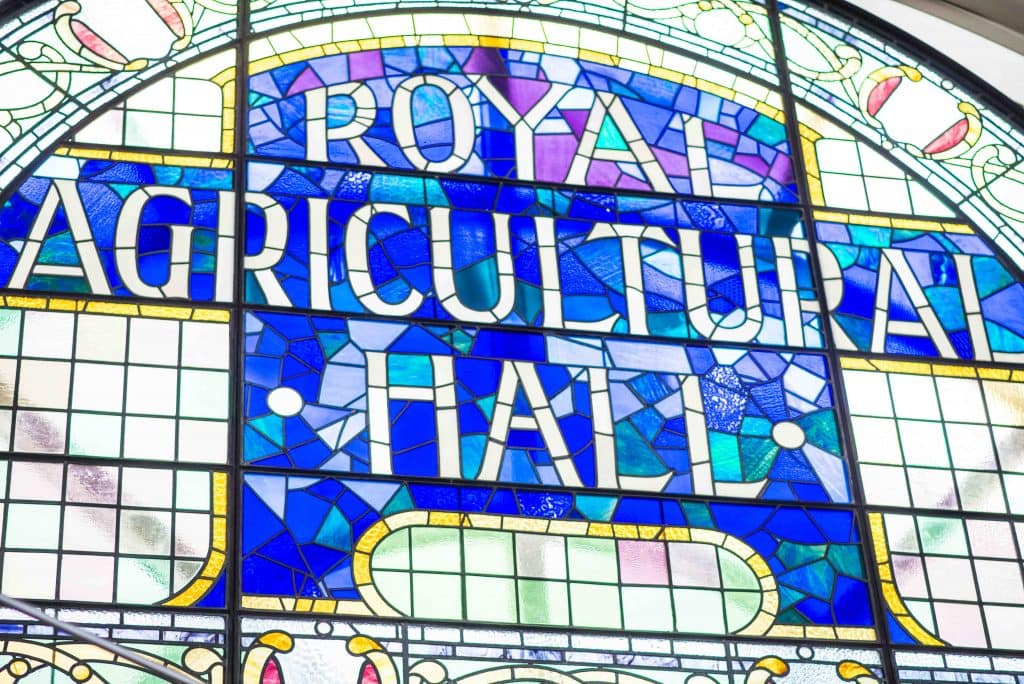
For some Islington residents, watching ‘The Aggie’, a building that had been at the epicentre of Islington’s social scene for almost a century, crumble before their eyes in the 1970s, was a cause for action. In 1973 a petition had even been gathered, with the slogan ‘10,000 people can’t be wrong’’ calling for the building to be saved.
Public pressure ensured the Royal Agricultural Hall was not demolished during these years but there was still a question of what to do with the structure. Over the course of the decade, before and after Lawrence sold it to the council, various proposals were put forward:
A leisure centre
At the time Islington was the London borough that offered the least amount of green space for its residents. To compensate, the council was keen to open up a number of sports halls for recreational sports, education and community events. The Royal Agricultural Hall was seen as a suitable venue. The idea was that the Main Hall and Blue Hall would house sporting facilities while the rest of the building would be turned into flats. With costs approximated at £4.5 million and the newly opened Sobell Leisure Centre in Holloway almost immediately running into financial troubles, this plan was scrapped.
Imperial War Museum
In the 1970s the Imperial War Museum was keen to acquire an annex to house some of its more bulky items such as rockets, aircraft and boats. The Aggie was considered a potential option. However nothing materialised and the Imperial War Museum ended up selecting the hangars of RAF Duxford near Cambridge.
Ice Skating Rink
Soon after the council bought the Royal Agricultural Hall, the National Skating Association proposed the development of an ice skating complex and 300-bed hotel with the hope that it would qualify for a 50% grant from the Sports Council. Unfortunately, keen to avoid national facilities being concentrated in the South East, the Sports Council in 1978 rejected the plans.
Dickens’ London
In 1980 the US-based organisation Romm Doulton, specialists in American-style theme parks, identified the Royal Agricultural Hall as a suitable location for a new attraction, Dickens’ London. With costs estimated at £12 million they even persuaded local brewery Whitbread to help fund the endeavour. However in the face of scepticism from the press and prospect of costs actually exceeding £19 million, Whitbread pulled out, ending the project.
The End for the Royal Agricultural Hall
By 1981 it seemed that all hope was lost for the Aggie. With countless redevelopment proposals put forward with no success it seemed that demolition was the only viable option. In the words of a council spokesperson at the time “The cost of preserving the building is so great that it will eliminate any user”.
Following the advice of the Department of the Environment the council put an advert in the ‘Estates Gazette’ offering the freehold for sale in a last ditch attempt to find a new owner for the building. The ad received sixty-five replies however almost all of them weren’t of substance. Yet among those to reply was the owner of the local family-run business, City Industrial Limited. This man was Sam Morris, who would go on to save the Royal Agricultural Hall and create the Business Design Centre.
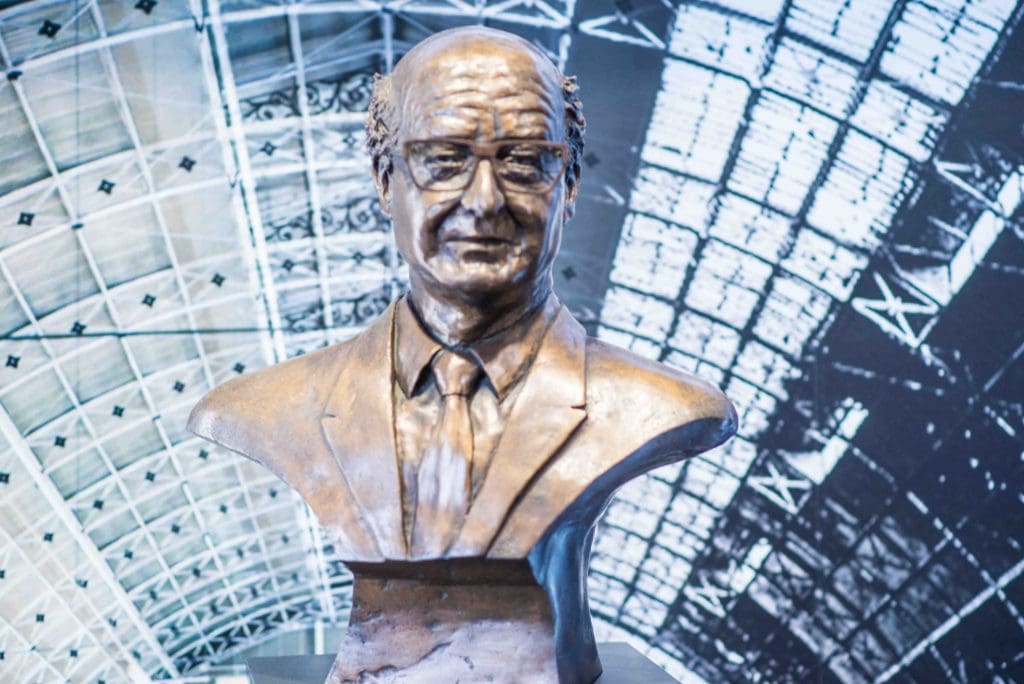
In the next installment of the ‘History of the Business Design Centre’ we will look at the life of Sam Morris, the man who rescued the Royal Agricultural Hall from demolition. We will also explore how and why he acquired the building and how he transformed it into the Business Design Centre.

